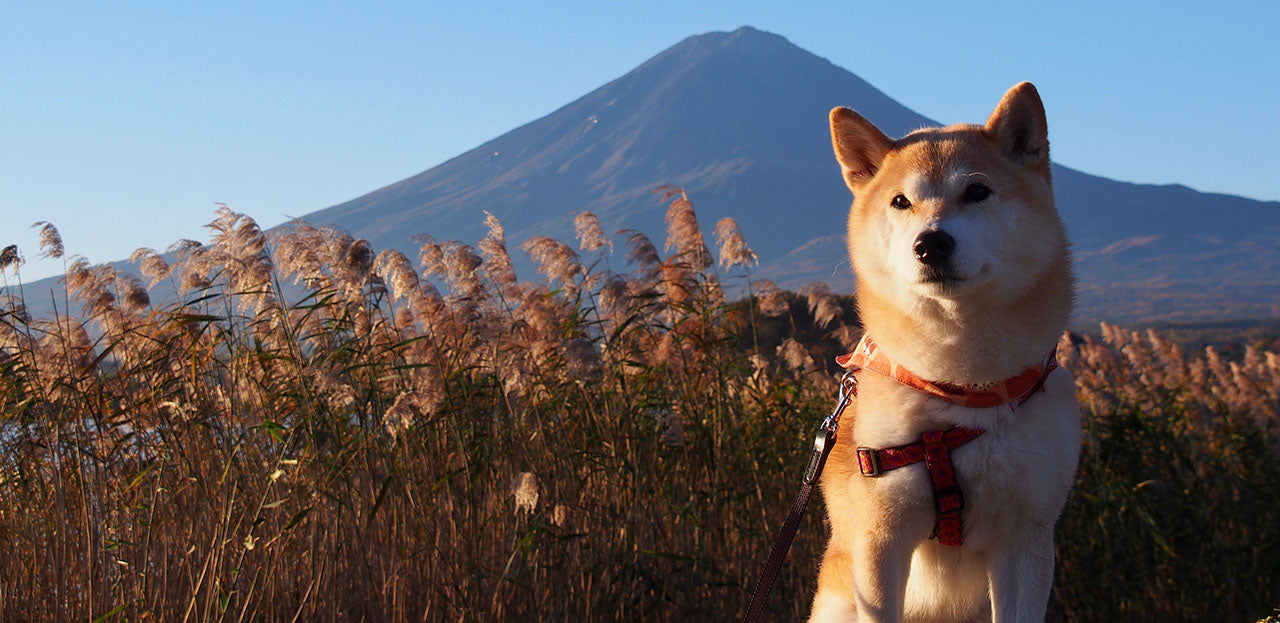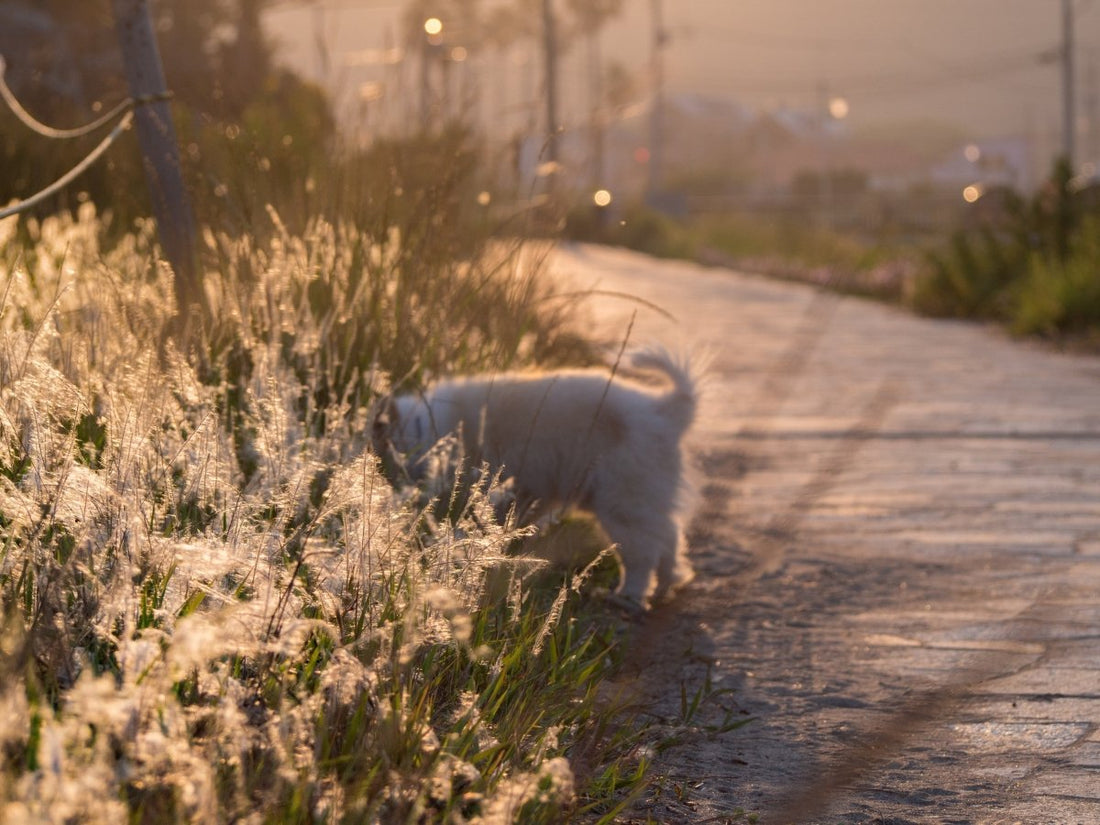Awns, often known as "grass ears," can pose an insidious threat to dogs, especially during the summer and fall months. In this article, we'll explore what awns are, how they can harm your dog, and what preventative measures you can take to protect your dog from these natural dangers.
understanding of awns
Awns are small, often sharp-edged seed parts of various types of grass and grain. They have barbs that can get stuck in the fur and penetrate deeper into your dog's skin, ears, eyes or paws, leading to painful inflammation.
Recognize dangers and health risks
These inconspicuous parts of the plant can cause serious injuries. They can pierce the skin and cause abscesses and internal inflammation. It is particularly dangerous when awns are ingested through the respiratory tract, where they can lead to serious complications.
Risk areas and susceptible dog breeds
Burrs are particularly common in rural areas, on paths and meadows. Long-haired dog breeds and those with a lot of fur between the toes are particularly susceptible to burrs. But caution is also advised for short-haired dogs.
preventive measures
To protect your dog from awns, check his coat regularly, especially after walks in natural areas. Trimming excess fur, especially around the ears, paws and under the tail, can also help reduce the risk.
First Aid for Awn Infestation
If you discover or suspect an awn in your dog's skin, do not attempt to remove it yourself as this may cause further damage. Instead, contact your veterinarian who can safely remove the awn and treat the affected area.
Long-term prevention and regular check-ups
After an infestation, it is important that you check your dog regularly for new awns and signs of infection. Look for signs such as licking or nibbling on certain parts of the body, shaking the head, sneezing or visible skin irritation.

Conclusion
- Burrs can cause serious health problems in dogs and must be taken seriously.
- Examine your dog regularly, especially after walks in nature, to detect awns early.
- Long-haired and hard-working dog breeds are particularly at risk, although no dog is immune.
- Grooming and trimming the coat can serve as preventative measures.
- Do not attempt to remove awns yourself; consult a veterinarian for safe removal.
- After an awn infestation, keep the affected area clean and pay attention to your dog's behavior in order to be able to react early to a possible infection.
If you have any concerns or would like to learn more about preventing awn problems, alphazoo is here to provide you with expertise and support. We will help you get your best friend through the awn season safely and healthily.



